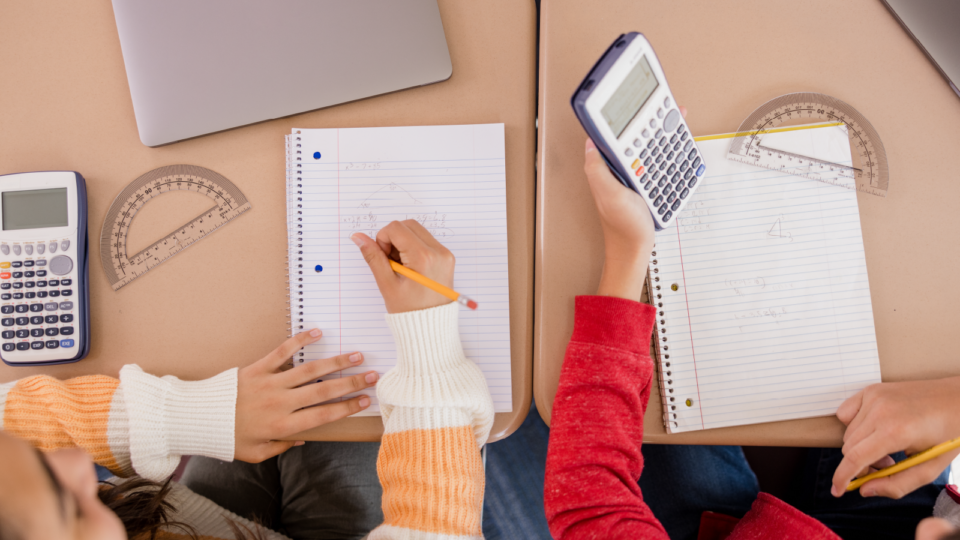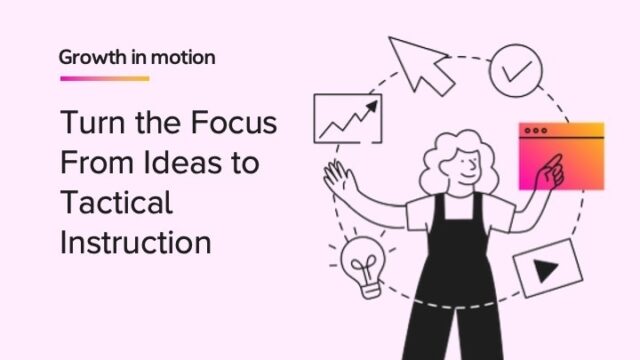
Imagine that you’ve spent your life dreaming of running a bookstore, and at long last, were able to open it. You have a store chock full of narrative essays, science fiction, historical nonfiction, and every type of book imaginable, and customers are coming from around the world to buy them.
Your life will be full of much more than books, however. Adding up sales receipts and checking against the balance in your cash register. Counting books sold and comparing against your inventory. Accounting for electricity, Wi-Fi, and other bills and making sure your business maintains a net profit. Who knew books would have so much math?
All of those tasks—adding sales, counting books, calculating profit—are examples of how the need for procedural fluency in math shows up in the real world. Even if you know how to do the computations, being able to perform them accurately and efficiently requires fluency. After all, at some point wouldn’t you like to lock up the store and go home?
Procedural Fluency Definition
According to the National Council of Teachers of Mathematics (NCTM), procedural fluency is “the ability to apply procedures efficiently, flexibly, and accurately; to transfer procedures to different problems and contexts; to build or modify procedures from other procedures; and to recognize when one strategy or procedure is more appropriate to apply than another.”
What Is Procedural Fluency in Math?
Fluent harkens back to its Latin root meaning to flow and refers to thinking flowing thoughts. Everyone who speaks a language has a feel for what it means to be fluent in a language. Mathematics isn’t quite the same thing as language, but they have a surprising amount in common. One example being that a person can think flowing thoughts in mathematics, as any mathematically fluent adult can attest.
Overall, procedural fluency is not attained by completing worksheets of fast, related arithmetic problems that are solved as fast as possible. Speed is an aspect of fluency, but procedural fluency has other aspects too, such as accuracy, facility, and flexibility, and can be developed through many strategies. To teach fluency in a mathematical concept like addition or multiplication, students should investigate why the concept is true and how it is useful.
Conceptual Understanding vs. Procedural Fluency
According to NCTM, “each and every student must have access to teaching that connects concepts to procedures.” Attaining fluency requires developing conceptual understanding as well. Students cannot be fluent in something they do not understand. In this way, procedural fluency is strongly connected to number sense. In NCTM’s seminal publication Principles to Actions: Ensuring Mathematical Success for All, the authors clarify that procedural fluency involves students “becoming skillful in using procedures flexibly as they solve contextual and mathematical problems.”
It is not true that one has to master a concept in math before advancing to the next. The belief of and adherence to this myth is perhaps at the heart of the “math wars,” which has been a part of math education since at least the 1950s if not as far back as the 18th century. Traditionalists argue that math facts need to be mastered in order to engage with higher math, while those who oppose this view encourage students to inquire and explore regardless of what they have mastered so far.
Overall, the reality is procedural fluency is complicated, and the two views are not an “either/or” but rather a “both/and.” It is true that not being fluent in arithmetic will make higher math concepts much more difficult. Imagine trying to simplify a fraction full of variables, parentheses, and exponents without being comfortable with basic addition and multiplication! Nevertheless, a student who pauses when computing 6 × 3 can still engage with the concept of cubing an expression with an exponent of 6. In fact, engaging with the problem head-on is a step towards building fluency with multiplication.
It may be helpful to think of an analogy from other subjects. Even if a student struggles with some sixth grade vocabulary, that student can still be encouraged to tackle sixth grade texts. Or if a student isn’t sure what color combining red and yellow pigments will make can still mix the paints together and make art with it. Why make problem solving tasks off-limits because a student hasn’t yet memorized specific facts?
Procedural Fluency Through the Grades
Procedures can be as basic as recognizing numbers and as advanced as applying complicated algorithms to mathematical expressions. Some aspects of procedural fluency are universal. A learner fluent in a procedure is able to estimate well and assess the reasonableness of an answer along the way of solving a problem. However, other aspects of procedural fluency depend on the learner’s mathematical development. There are some key benchmarks for teachers to consider as students progress in their math education.
Grades K–2
For young children, procedural fluency is the same thing as number sense. It is common for teachers to spend an entire year on just the numbers 1 through 10, as students are generally too young to have a reliable sense of quantity. The focus is on identifying numbers and beginning to understand what a number means. Children will often practice with dot images and work on understanding what it means to compose and decompose numbers.
Grade 3
Children vary in their development, but third grade is generally when students begin studying multiplication. This is the starting point for flexibility in computation, as students are not only composing and decomposing numbers, they are also adding, subtracting, and manipulating them. Memorization of multiplication facts does not need to be a major part of most students’ instruction; rather, the focus should be on understanding what multiplication is and strategies for multiplying.
Grades 6–7
During these grades, there is generally a shift where deeper mathematical ideas such as equations and ratios are formally explored. If students are still not fluent in basic arithmetic, these ideas will be hard to work with. Students are also building fluency with non-arithmetic procedures, such as using the distributive property or multiplying binomials.
How to Teach Procedural Fluency
Procedural fluency requires a lot of development and is best done outside of timed tests. The key is for students to practice procedures in the context of different math problems. Students should have space to discuss their thoughts with peers and teachers and understand why a particular computation is needed to solve a problem.
By way of example, it is common for students to practice becoming fluent in multiplication by completing timed worksheets of problems like “6 × 3” and “2 × 7.” However, a far more effective way to get students practicing the same facts would be to get them diving deeply into a problem like this: “You just bought 18 feet of fence to build a rectangular pen for your rabbits. What’s the best rectangle to build with it?” The long-term goal should be for math facts and procedures to “lock into place.” This kind of muscle memory can’t be forced, and the automaticity must be built through strategic practice.
Procedural Fluency in Math Examples
According to the Partnership for Assessment of Readiness for College and Careers (PARCC), “Fluency is not meant to come at the expense of understanding but is an outcome of a progression of learning and sufficient thoughtful practice.” As this article lays out, procedural fluency is nuanced and much more than knowing your times tables. By way of example, there are many ways to multiply 68 × 5:
- Multiply 60 × 5 and 8 × 5, then add the sums.
- Multiply 70 × 5 and 2 × 5, then subtract the sums.
- Multiply 68 × 10, then divide the sum in half.
- Rewrite 68 as 4 × 17, then multiply (4 × 5) × 17.
Procedural fluency is both the ability to select an appropriate strategy and the skills to correctly perform the computations. NCTM clarifies that “flexibility is a major goal of fluency, because a good strategy for one problem may or may not be as effective for another problem.”
Our Into Math program has Response to Intervention resources that include Tier 2 Skills lessons. These lessons bridge conceptual understanding and procedural fluency and enable students of all levels to practice and more deeply understand different skills. Feel free to use these free Grade 6 skill practice lessons on division and fraction multiplication. In both cases the skill is broken into tasks that engage students with math drawings, direct instruction on different procedures, reflections on reasoning, and practice problems.

One concept that may help students develop procedural fluency is distributed practice. This is the research-based principle that practicing math procedures spaced out by days, weeks, or months creates deeper and more long-lasting learning than practicing the same procedure repeatedly in succession. Instead of tedious fact fluency worksheets, use short worksheets that are strategically completed throughout the school year.
Lessons in our Into Math program end with Spiral Review problems that help determine if students have retained information taught in the past. These problems build and reinforce fluency in different procedures. The Spiral Review problems below are from a Grade 7 lesson and have students calculating percent markup and solving multi-step addition and subtraction problems.

***
Explore HMH’s math solutions to help your students build mathematical fluency and proficiency and envision themselves excelling in math throughout their lives.
Get our free math intervention guide full of research-backed information.















